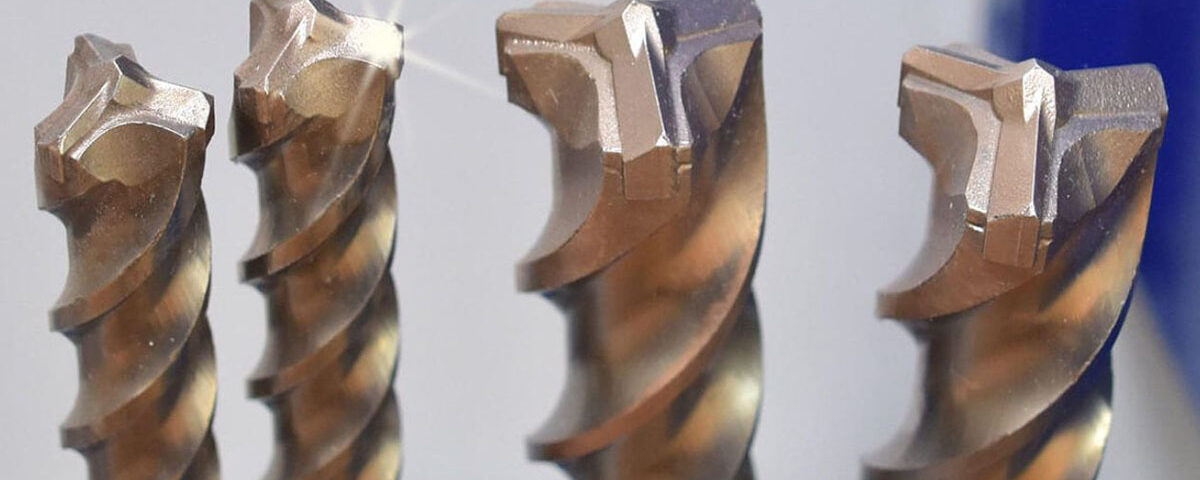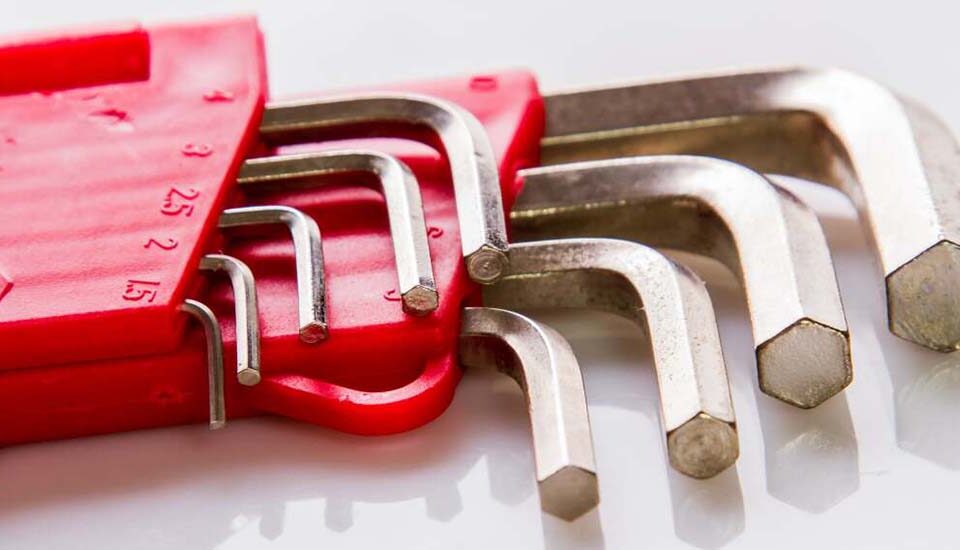What is the difference between SDS and HSS drills?

What is an SDS drill bit?
The SDS drill (abbreviation SDS stands for “Steck-Dreh-Sitz”) is an international standard for quickly and securely attaching drills to impact tools (such as drills that strike while rotating) and is often used in the fields of construction, repair, and industry is used.
The main features of the SDS drill are:
- Quick lock system:
SDS has a quick lock system for quick and easy changing of drill bits. This quick lock allows the user to attach or detach drills to the hammer set without the use of additional tools.
- Stability and high performance:
Due to their special structure, SDS drills allow the transmission of torque and very high impacts. These features increase the efficiency and application of these tools compared to conventional drills.
- User protection:
SDS system provides more security for users. This system prevents the drill from being thrown and the possibility of injury to the user.
- Types: SDS
SDS drills come in several different types, including SDS-Plus and SDS-Max. Each of these types are used for specific applications, and depending on the type of impact tool you have, you should choose the right SDS drill bit.
Overall, SDS drill bits are highly sought after for use in some construction and industrial jobs due to the special features and added safety they offer.
What is a HSS drill bit?
HSS drill stands for High-Speed Steel. These types of drills are made of steel with special compounds that provide cutting ability and maintaining sharpness and good quality in high speed conditions. These drills are used to cut various materials including metals, plastics, wood and similar materials.
The main features of the HSS drill are:
- Heat resistance:
HSS steel has high heat resistance, which allows for longer cutting times at high speeds and high temperatures.
- Wear resistance:
This type of steel has a high resistance to wear, which makes HSS drills able to cut for a longer period of time.
- Sharpness and accuracy of cutting:
Due to their special characteristics, HSS drills have high sharpness and precision in cutting, which leads to quality and precise work.
- Wide use:
This type of drill is used to cut various materials, including metals, wood, plastic, and similar materials, and is used in many industries, including machine-building, construction, and electronic parts production.
- Affordable:
HSS drills are usually reasonably priced and due to their strength and high quality, they are known as a cost-effective option compared to carbide drills and other types of drills.
SDS drill is a type of drill bit that has the following features:
– Used to connect to electric drills.
– It has a tooth in the form of a groove that makes the drill firmly connected to the drill.
– It does not require a hammer and is easily replaced.
– It is produced in different types such as drilling drills, flat drills and conical drills.
– It is used for drilling in concrete, stone, brick and building materials.
– Produced and supplied in metric and inch sizes.
– It is more resistant and lasts longer than other types of drills.
The most important advantage of the SDS drill is its quick and easy connection to the drill without the need for additional tools.
Differences between HSS drill and SDS drill
According to the previous explanation, the main differences between HSS drill and SDS drill are as follows:
- HSS drill is a type of high-quality steel with high hardness, which is used to make all kinds of drills, including manual and machine drills. But the SDS drill bit is a standard attachment mechanism for drill bits.
- The HSS drill can be used both manually and by machine, but the SDS drill is only designed for use with certain types of electric drills.
- HSS drill has different prices depending on the type of construction and quality. But SDS drills are usually cheaper in terms of price.
- The HSS drill has more flexibility in application, while the SDS drill is limited to drilling applications.
- HSS drill is suitable for hard metals, while SDS drill is mostly used in stone and concrete.
- HSS drill requires more sharpening and maintenance, but SDS drill is more durable.
Finally, each has its own advantages depending on the intended application.
Comparison of HSS drill and SDS drill in table format:
| Features | HSS drills | SDS drills |
| Heat and abrasion resistance | Top | Top |
| Locking and replacement system | does not have | SDS quick locking system |
| applications | Various (metals, wood, plastic, etc.) | Mainly for drilling in concrete and rock |
| Price | Appropriate | It may be more expensive |
| the nature | A kind of hard and high quality steel | Standard attachment mechanism for drill bits |
| Means of use | Manual and machine | Only for special electric drill |
| flexibility | High – versatile applications | Just for digging |
What is the difference between HDD and SDS?
The difference between HSS and SDS drill bits refers to how the drill is clamped within the three drill systems.
HSS drill is compatible with any type of drill head. An HSS drill has a circular base that fits into the drill bit and is held in place by three systems that tighten around the base.
The advantage of HSS drill bits is that they are widely available and can be used in a wide variety of applications. The main disadvantage is that this drill is prone to loosening. During use, the resulting vibration loosens the drill which means the operator has to pause and check the fastener, which can affect job completion time.
The SDS drill does not need to be tightened. It can easily be inserted into three SDS hammer drill systems. During use, the three-system system protects against any vibration.



